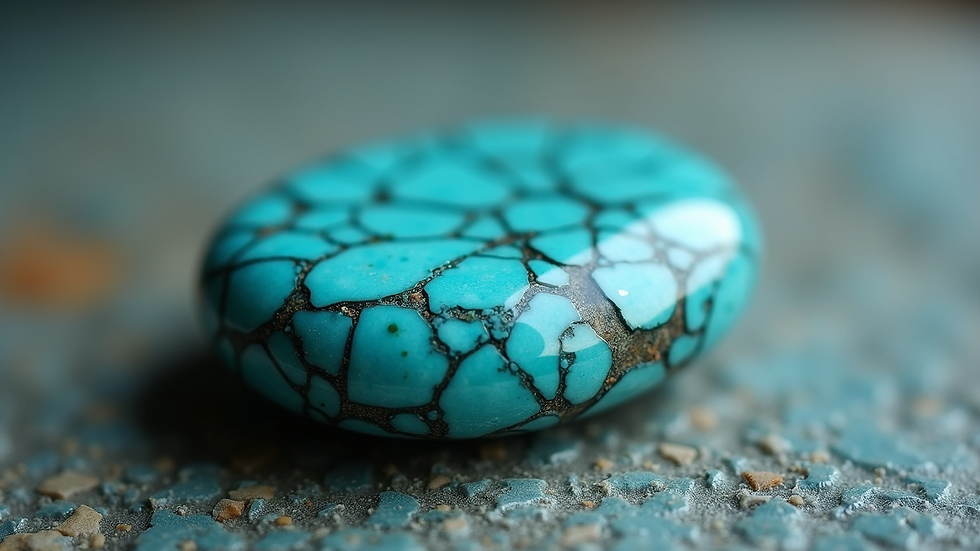A Curious Curio
- Jan 4, 2021
- 2 min read
We have come to associate turquoise with Native American jewelry but this development occurred during the first two decades of the twentieth century as tourism became a major market. Prior to the expansion of the railroads to the west coast and the development of infrastructure of a tourist market led by Fred Harvey, the market was dominated by the curio market selling primarily by mail order to an east coast clientele.
Mineral deposits had been discovered in Colorado in the 1860’s and by the late 1870’s mineral specimens were in demand. H.H. Tammen began his curio business in 1881 and it quickly grew selling low grade mineral specimens readily available from the mining industry and mounted game animals. To these “birds and mineral curiosities” he added Native American artifacts.
The Native American Curio Trade in New Mexico (Wheelwright Museum of the American Indian) shows the first catalog of H.H. Tammen and Company published in 1882 and named Western Echoes, Devoted to Mineralogy, Natural History,Botany, etc. A mineral cabinet box from 1886 is shown. By 1887 the catalog was called Relics From The Rockies and featured on the cover an Indian Pueblo.
During the boom years for turquoise and Native American jewelry of 1973-1978, there was renewed interest in these specimen cabinets updated to show examples of turquoise from different mines in both rough and polished form. Dennis June was in the Indian Arts business for over fifty years. During the 1970’s he acquired a number of these specimen trays from Wallace King, a member of the King turquoise family who operated a shop in Albuquerque on North Lombardy off of West Central Avenue. Other members of the King family were in the Indian jewelry trade in Albuquerque including Pete King, Horace King and Bert King


These trays provided a way to utilize and monetize small pieces of turquoise that would otherwise have gone to waste. They also offer insight into the boom years of the seventies as well as a link to the earlier curio period when tourism was first beginning to develop in the West.
Mike Ryan II


Comments